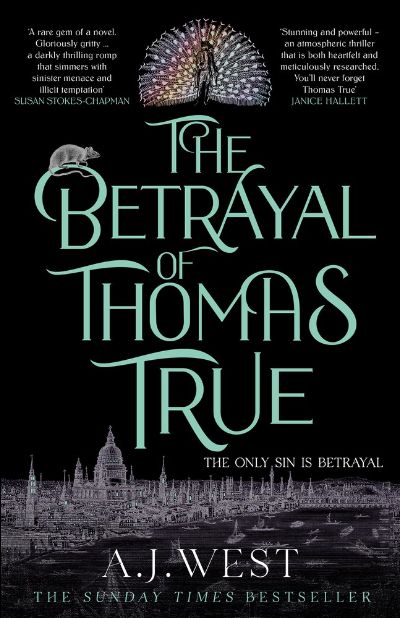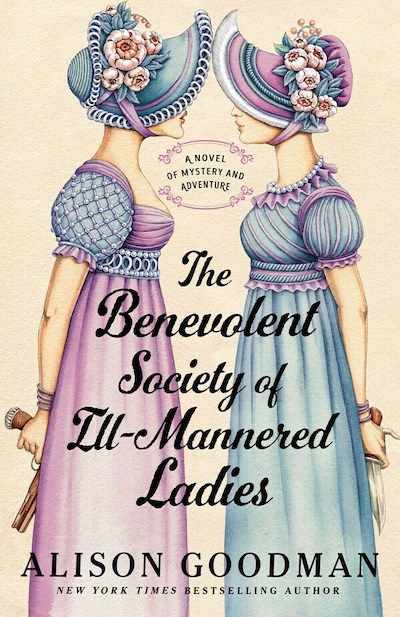It is 1715, and young Thomas True has managed to escape from his parent’s home, arriving in London, where he takes up residence with his uncle, a candlemaker to whom he becomes apprenticed. But that’s hardly the story. Eighteenth-century London was home to a flourishing, if risky, gay subculture, a world that seduces Thomas and that was centered around the molly houses. “Molly was a slur used for effeminate, homosexual men and the term was adopted to describe the clubs, taverns…where they met up in secret”, according to The British Newspaper Archives. And although the houses were called mollies, they attracted a range of men, from workers to aristocrats. It was a world where Thomas felt a sense of belonging, made all the more immediate with his discovery of beefy carpenter Gabriel Griffin (AKA Lotty), the doorman at Mother Clap’s Molly House. But when a young molly is found murdered, Gabriel goes in search of the rat who is exposing the men to the judicial system. Could it be someone he is close to? This book is that rare thing: both a strong historical novel that drops you into a richly rendered early 18th century and a powerful mystery that remains at the center of the book.
Regency
An absolute delight, wonderfully written and with enough plot to keep the reader zooming through the book then quickly asking for more. Regency London is the setting and the twin Colebrook sisters, Lady Augusta (Gus) and Lady Julia, are our amateur detectives. Unusual for women of this period, they were left with personal incomes by their late father, allowing them independence and the ability to thumb their noses at their useless younger brother. In their early forties and unmarried, the two can’t bear the injustices they see heaped on the women around them, and Gus is determined to do something. When word reaches them that a friend’s goddaughter has been locked away by her husband with the intent to kill her—as she’s unable to have children—the sisters head off to spring her from her country house. Along the way, they pair up with an old interest of Gus’s, Lord Evan Belford, back from exile in Australia—it’s a long story—and hotter than ever. What’s unusually successful about this book is that instead of focusing on one case, the sisters take on a series, including one case in which Gus, disguised as a man, infiltrates a brothel. While their identities as detectives grow, several themes emerge, including Julia’s struggle with breast cancer, their need to surrender their home to their brother and his fiancé, and, of course, what to do with Lord Belford. The Regency era, feminism, and romance all work together to create a book that will delight many. And how about that cover?


